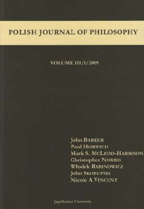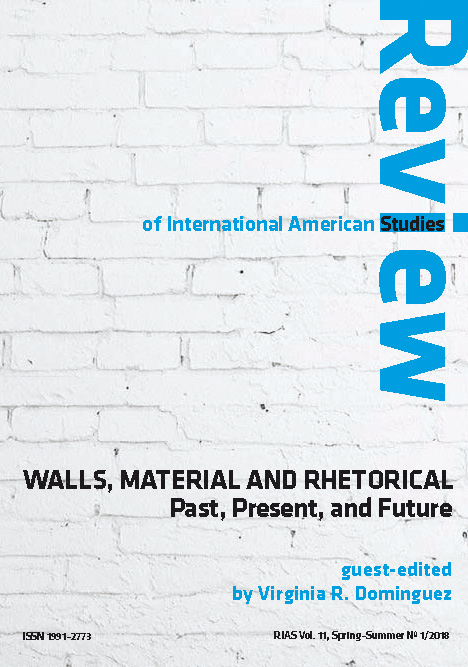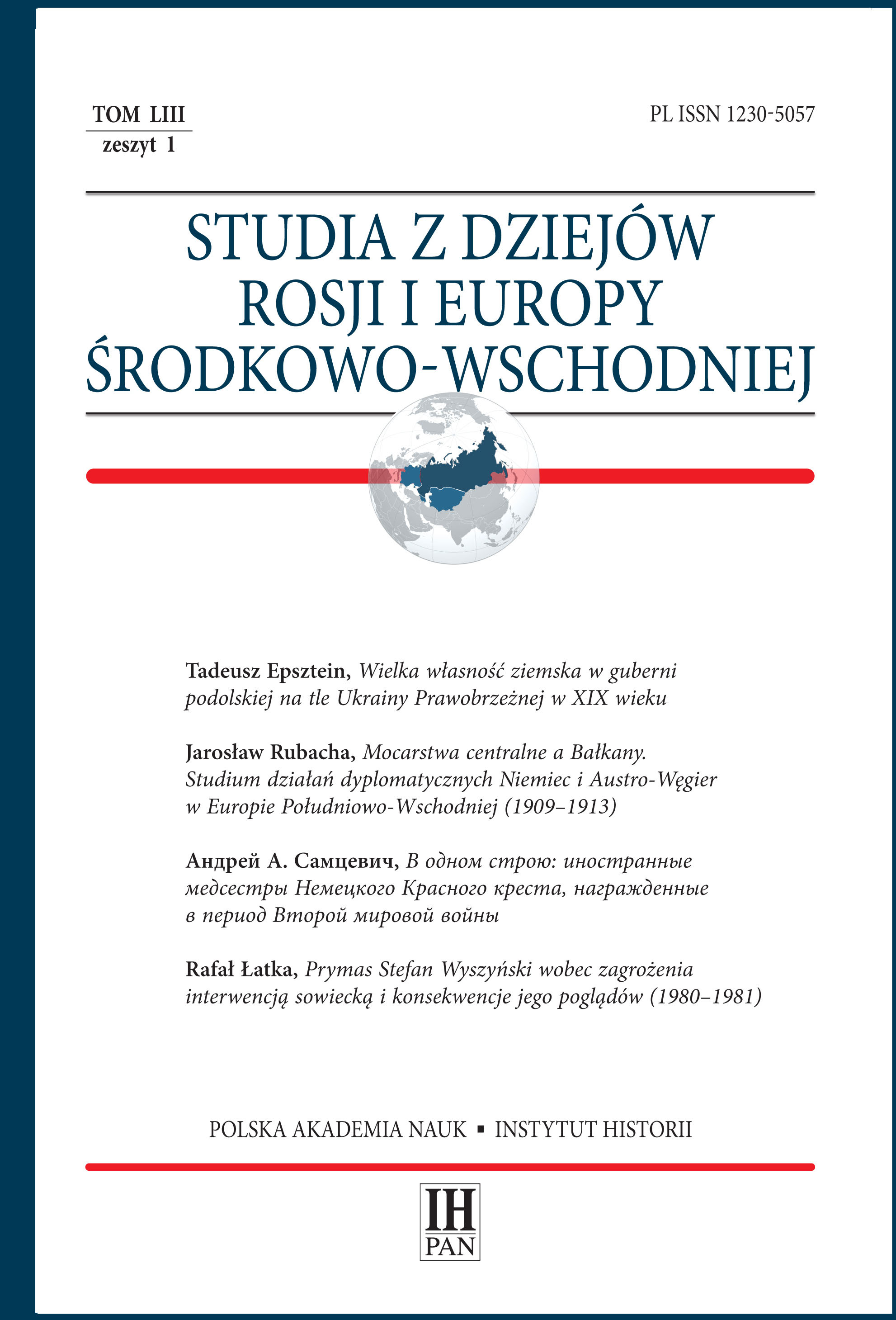Author(s): Andrzej Topij / Language(s): Polish
Issue: 1/2018
On 6 October 1939, the Reichskanzler Adolf Hitler gave a famous speech in the Reichstag. He proposed, among others, the resettlement of German minorities from a number of European countries to avoid possible conflicts with Germany. In fact, the proposal concerned mainly the Germans living in the sphere of influence of the Soviet Union, including two of the Baltic States: Latvia and Estonia.Otherwise, the Baltic Germans – as they were called – had expressed their desire to leave for the Third Reich in the first weeks of World War II. They – quite rightly – supposed that shortly the Baltic States would be incorporated into the Soviet Russia. This was corroborated by Soviet demands towards Estonia at the end of September. As a result, the Estonian Germans began to leave their houses in panic, followed by their compatriots in neighbouring Latvia. In this situation, the Auswärtiges Amt (Foreign Office) itself came into contact with the Kriegsmarine (German Navy) in order to make it possible for the Baltic Germans to leave for Germany in the event of a possible occupation of Latvia and Estonia by Soviet military forces. Naturally, top officials had already known about the intention of Hitler, contrary to German diplomatic posts in Riga and Tallinn, confused on the matter and not knowing what to do during an impending crisis. After Hitler’s Reichstag speech, the German government made an official proposal to Latvia and Estonia to resettle their citizens of German origin. They wanted to conduct the resettlement as quickly as possible, almost instantly, even at the cost of financial disadvantage to the local Germans. Nonetheless, neither Latvian nor Estonian authorities agreed to such a swift action. They were of the opinion that the proposed resettlement should be based on a legal basis. As a result, the German authorities were obliged to enter negotiations. German-Estonian talks proceeded in a friendly mood and a final agreement was reached in five days. On 15 October, a German-Estonian protocol on the matter was signed. It was favourable for the Germans, since it took into account the issue of properties of churches, organizations, schools, etc. left by repatriates. It was a different story in Latvia, where a traditionally anti-German regime of Kārlis Ulmanis made demands difficult for Germans to accept. For a time, the talks were deadlocked, but after the intervention of the State Secretary at the Auswärtiges Amt Ernst von Weizsäcker they were shortly reopened. As a result, the Latvian-German treaty was signed two weeks after the Estonian protocol. It was less favourable for the Germans, especially in the area of their property. The resettlement action itself was carried out very swiftly and efficiently. By mid-December of 1939 13,700 Baltic Germans left Estonia and 52,383 left Latvia. It was an overwhelming majority of the German population in the two Baltic States. Those who decided to stay on in their old homeland where not regarded as members of a national minority. Especially the Latvian authorities were eager to erase any German traces from the public life.
More...



